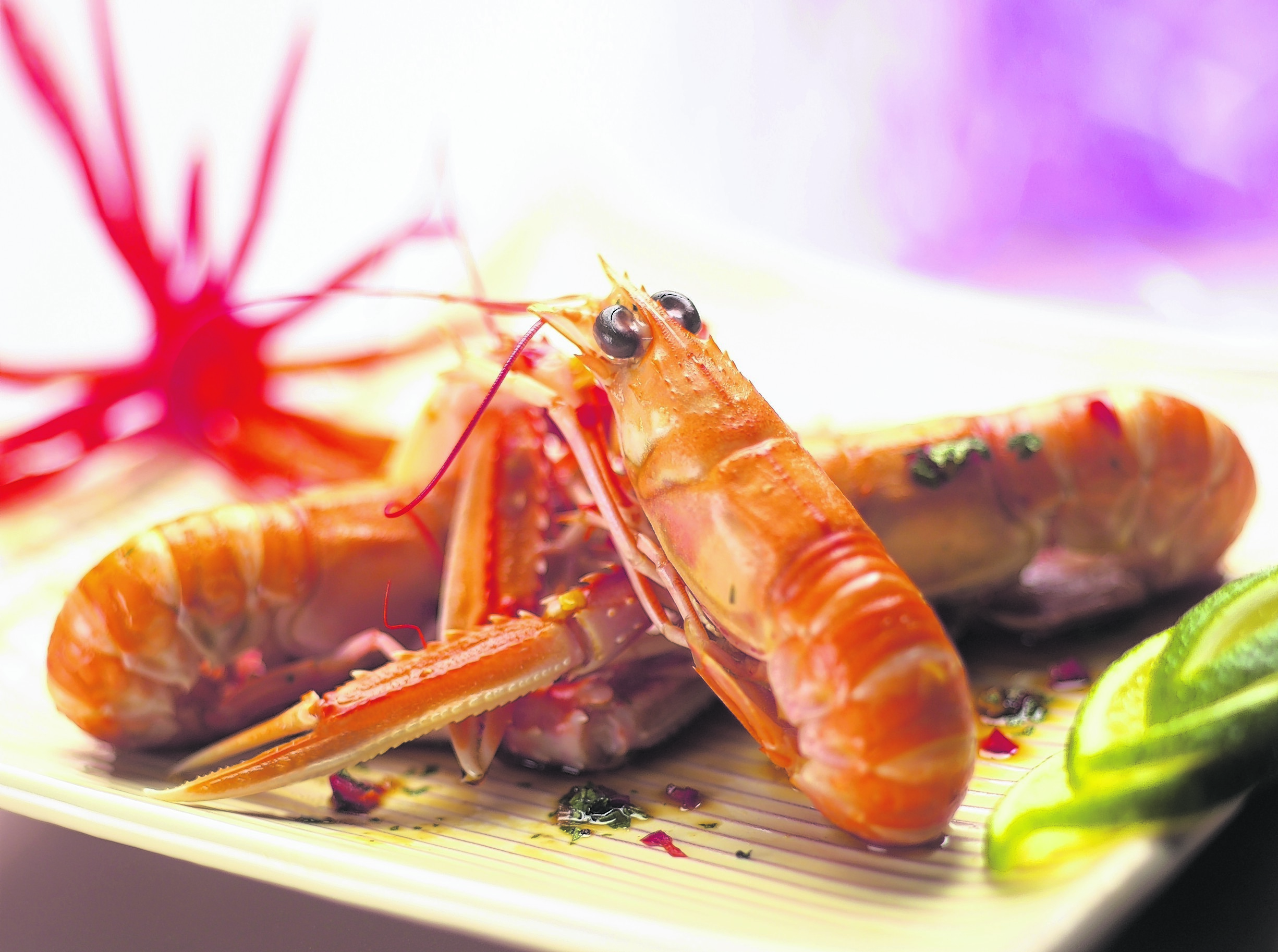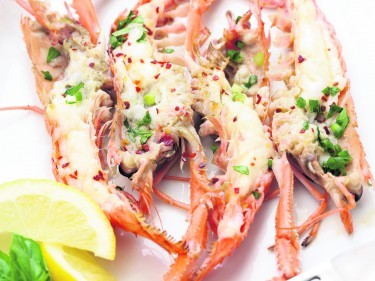Langoustine – also known as Norway lobster, scampi, Dublin Bay prawn – is the most valuable shellfish species to Scotland, and the second most valuable species overall to the Scottish fishing industry. The total value of landings in 2013 were worth approximately £62million.
Langoustine accounted for 47% of the value and 30% of the quantity of shellfish landed by Scottish vessels in 2013, and the UK takes over one third of langoustine landings worldwide.
Despite these incredible statistics, many langoustines are in fact exported to France and Spain.
Langoustines have long been underrated in the UK and seen as the poor cousin to lobster. But this is beginning to change with many chefs using them in their menus.
In Spain, they are seen as part of the staple diet. Peterhead fisherman Jimmy Buchan hopes to introduce the same feelings here in the UK, encouraging Brits to find the langoustine love.
Jimmy – star of the BBC’s Trawlermen series – says the best way to cook, peel and eat fresh langoustines is to keep it simple.
Firstly ensure that your langoustines are fresh. They should have their legs and antennae intact and their eyes should be almost jet-black.
If you have a whole langoustine, simply steam for 3-4 minutes; you will know when the langoustine is cooked by looking at the meat under the tail. There is a light membrane covering it. This should have turned white and will have been pink before. Never overcook a langoustine.
To peel the langoustine, pull the tail away from the head and claws. Pinch the tail between your finger and thumb to break it and then pull it off.
You can then serve these cold, with a little salad and a nice lemony mayonnaise.
The next part might not be for everyone, but Jimmy loves to crack the claws, break off one end and suck out the delicious meat.
Another great way to enjoy a langoustine is to split it into two halves, baste with a little oil or butter and grill for 4 minutes at medium-to-high heat. The meat can then be picked out with a fork and enjoyed.
Jimmy hopes to encourage more people to try them out at home, proving they’re not a shellfish to be scoffed at. Here’s a recipe to try at home:
GARLIC & PARSLEY BAKED LANGOUSTINES
SERVES 2 AS A MAIN COURSE OR 4-6 AS A STARTER
15-20 langoustines (pre-boiled)
3 cloves garlic (minced)
2 tablespoons extra virgin olive oil (increase if omitting the butter)
Half to 1 bunch fresh chive, finely chopped
Pre-heat the oven to 250C (480F).
Cut the langoustines in half (lengthwise), gently crush/crack the claws, and line them up on an oven-safe tray with the shell side facing down.
Mix the rest of the ingredients and spread over the cut side of the langoustines.
Bake them in the upper part of the oven for 5 minutes.
Jimmy recently launched his new venture “fish in a box” – fresh fish to your door within 24 hours. See www.amityfish.co.uk and www.delishfish.co.uk


